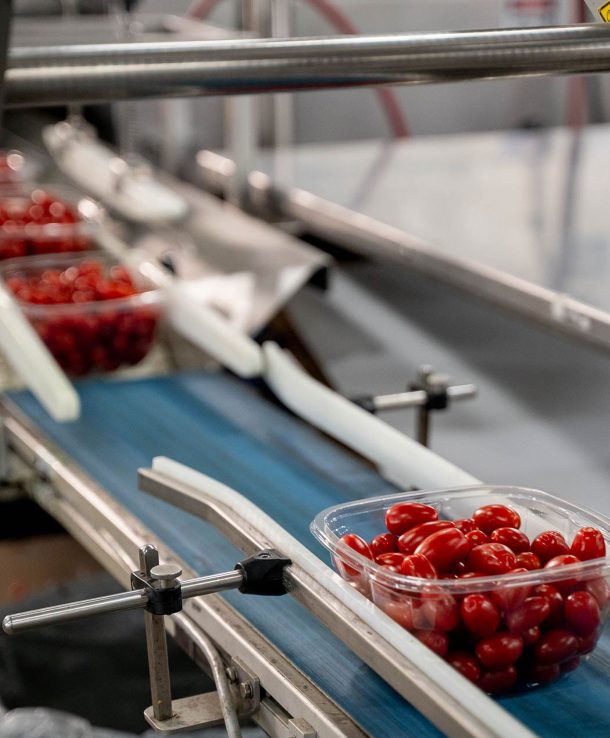© 2025 Nima Imports ~ Website Design by Studio & Design

Here's how the recycling process for Post-Consumer Recycled (PCR) materials works:
Bio-PET, also known as bio-based PET or bioplastic PET, is a type of PET plastic that is derived from renewable biomass sources, such as sugarcane, corn, or other plant-based materials. It’s important to note that Bio-PET is not biodegradable, meaning it will not break down naturally in the environment. However, it offers the advantage of being derived from renewable resources, reducing the reliance on fossil fuels, and potentially lowering the overall carbon footprint associated with traditional PET production.
The production of Bio-PET involves the following steps:
Biomass feedstock, typically in the form of sugarcane or corn, is cultivated and harvested. These feedstocks are selected for their high sugar or starch content, which can be converted into monomers used in the production of PET.
The biomass feedstock undergoes a fermentation process to break down the sugars or starches into simple molecules such as ethanol or ethylene glycol. The specific method can vary depending on the feedstock and the desired product.
The resulting ethanol or ethylene glycol is then subjected to a polymerization process. In this step, the monomers are chemically bonded together to form long chains, creating a polymer known as PET.
The PET polymer is purified to remove any impurities and ensure its quality. This may involve processes such as filtration, distillation, or other purification techniques.
The purified Bio-PET is then melted and processed into various forms, such as pellets or flakes, which can be used as raw material to produce packaging and other PET-based products.
The Bio-PET pellets or flakes are utilized by manufacturers to produce a wide range of products, including the food packaging that we distribute here at Nima.
Discover innovative, sustainable & cost-effective packaging solutions to meet your unique needs.